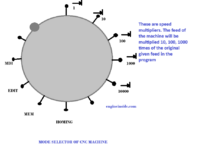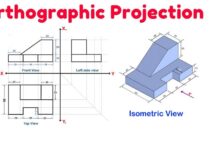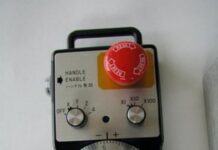Gauges – Definition, Types, Principle and other details
Gauges – Gauges are checking instruments and they play an important role in ensuring the limits and tolerances for a given component.
Gauges are broadly classified as :
1. Standard Gauges – Gauge is made as an exact copy of the mating part of the component to be checked.
2. Limit Gauge – These gauges have two permissible limits, high and low, two gauges are needed to check each dimension of the part, one corresponds to the lower limit size and the other to the higher limit size of the dimension. Ex – Go and No Go Gauge
Taylor’s Principle of Gauge design:
1. The Go Gauge side should always check the maximum material condition & NoGo will check least material condition.
2. Go side will check multiple features like circularity, cylindricity along with dimension . NoGo side will check single feature – Dimension.
Different types of Gauges:
1. Plug Gauge – Hole dimension check
2. Thread Plug Gauge – Internal thread dimension
3. Ring Gauge – Check shaft dimension
4. Thread Ring Gauge – External Thread
5. Snap Gauge – External dimension check
Standard Gauges
1. Screw Pitch Gauge – Check the pitch of internal and external thread
2. Feeler Gauge – Check gap between two mating parts
3. Fillet and radius Gauge – Check convex and concave radius
4. Wire Gauge – Check dia of wire













































